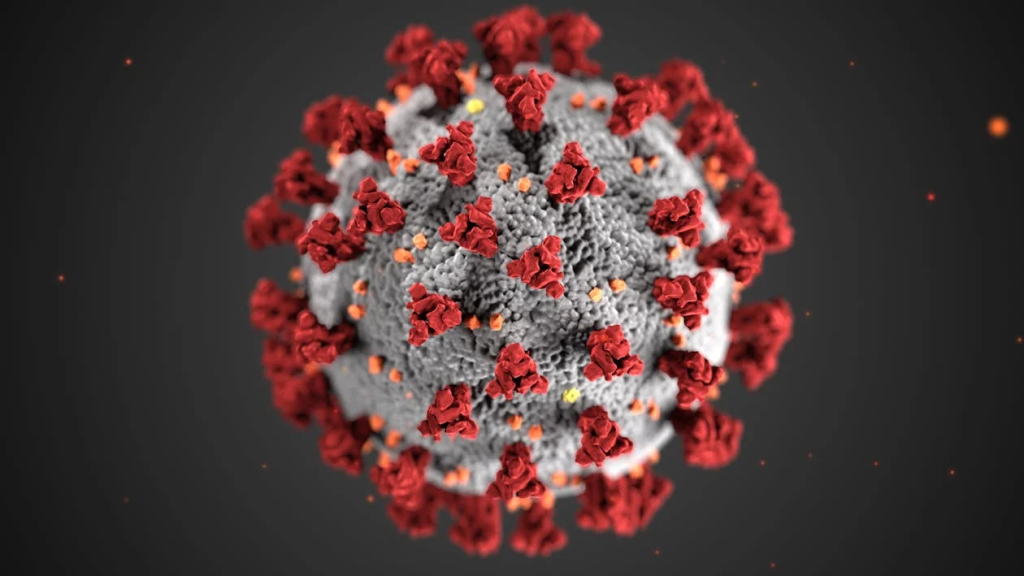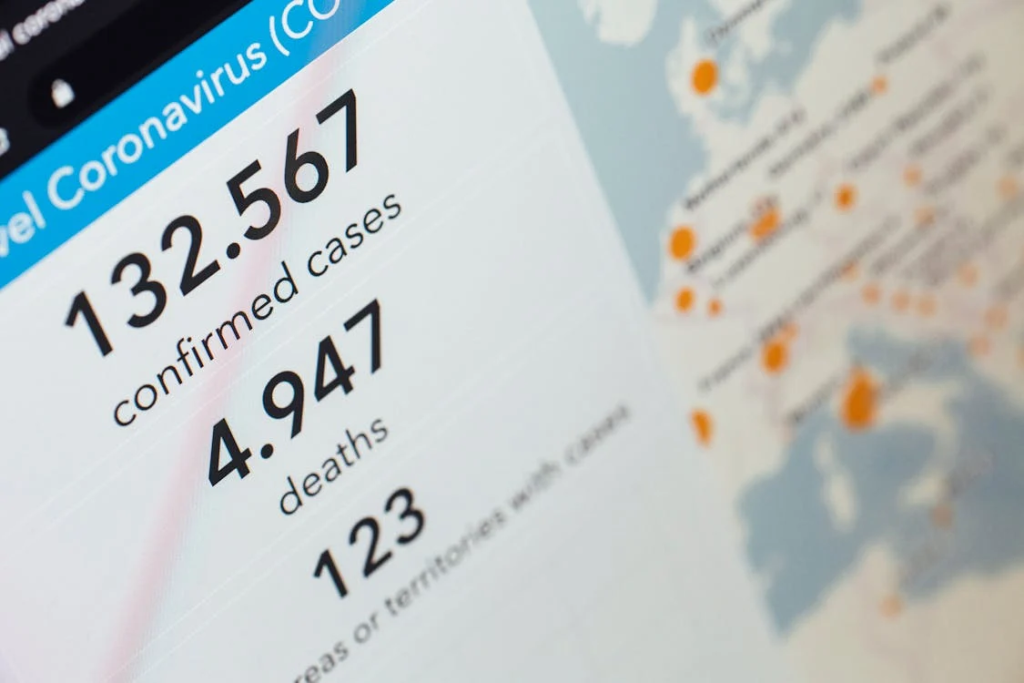While the COVID-19 pandemic is “over”, the virus still exists and public health officials have kept vigilant on the virus’s mutations. Public health experts worldwide are closely monitoring the emergence of a new COVID-19 variant, NB.1.8.1, which has sparked alarm due to its rapid global spread. The World Health Organization designated this strain as a “variant under monitoring” on May 23, 2025, following the spike in infections in China. However, while the new variant shows increased transmissibility, current evidence suggests it doesn’t cause more severe illness than previous strains.
Origins and Global Spread of NB.1.8.1

The NB.1.8.1 variant was first detected in January 2025 in Asia. It represents an Omicron descendant lineage derived from the recombinant variant XDV.1.5. Data from GISAID shows the variant’s rapid expansion. The strain increased from 2.5% of global sequences in early April to 10.7% by late April 2025.
The strain has now been identified in 22 countries, with particularly strong presence in China, Hong Kong, and several Asian nations. Data from GISAID also show cases of N.B.1.8.1 near the end of April from international travelers. These included travelers from France, Japan, Netherlands, Spain, South Korea, Taiwan, and Thailand.
United States Detection of the Variant

The CDC’s airport screening program first detected NB.1.8.1 cases in late March 2025 among international travelers. Cases have been confirmed in California, Hawaii, New York, Ohio, Rhode Island, Virginia, and Washington state. The earliest documented U.S. cases date back to late March and early April, identified through random testing of arriving passengers. Despite these detections, the variant has not yet registered significantly on CDC’s variant tracking dashboard due to limited case numbers.
Read More: Emerging COVID Variant NB.1.8.1 Identified in California and Multiple States
New COVID Symptoms and Clinical Presentation

NB.1.8.1 symptoms closely resemble those of previous COVID variants. These symptoms include a sore throat, fever, mild cough, fatigue, muscle aches, and congestion. However, the NHS confirms that NB.1.8.1 is known to cause a distinctive digestive issue which includes heartburn and bloating.
Medical experts state that these new COVID symptoms may appear as the first signs of infection or develop alongside respiratory symptoms. These new COVID symptoms specifically include nausea, vomiting, diarrhea, heartburn, bloating, constipation, and stomach pain. Additional new COVID symptoms include loss of appetite, abdominal pain, and acid reflux.
Respiratory and Systemic Symptoms

Common symptoms of NB.1.8.1 include severe sore throat, fatigue, mild cough, fever, muscle aches, and congestion. Additional respiratory symptoms include a runny or blocked nose, shortness of breath or breathing difficulties, and chest pain or pressure. Systemic symptoms include headache, muscle or joint pain, dizziness, skin rashes, and conjunctivitis.
Enhanced Transmissibility and Global Spread

The strain has been detected across multiple countries including the UK, US, Australia, and several Asian nations. Cases have now been reported in Asian countries such as Thailand, Indonesia and China, while the UK Health Security Agency recorded the first 13 cases in England. Healthcare providers are updating diagnostic protocols to recognize these new COVID symptoms, ensuring patients receive appropriate care. While this new COVID variantCurrent medical evidence indicates that NB.1.8.1 doesn’t cause more severe illness than previous variants
Current Vaccine Effectiveness and Protection

Current COVID-19 vaccines continue providing protection against severe disease from NB.1.8.1 infections, according to the WHO. Since NB.1.8.1 remains part of the Omicron family, existing vaccines and immunity from recent infections offer substantial protection against serious illness. The WHO Technical Advisory Group endorses continued use of monovalent JN.1 and KP.2 vaccines for broad protection.
Read More: New Covid-19 Wave Sweeps Across Multiple Countries
Public Health Risk Assessment

The WHO considers NB.1.8.1’s public health risk to be low as of May 23, 2025. Although NB.1.8.1 transmits more easily than other variants, current data shows it doesn’t cause more severe illness or different symptoms. Health authorities emphasize that existing vaccines remain effective against severe outcomes from NB.1.8.1 infections. The National Institute for Communicable Diseases echoes this assessment, stating there’s no need to panic about the variant.
Vaccine Policy Changes and Access Concerns

In the U.S. RFK Jr. enacted changes to policy that may impact vaccine accessibility for certain populations. According to RFK Jr. more stringent testing and efficacy testing need to be done to ensure the vaccines are safe. These policy shifts mean insurance coverage may no longer extend to vaccines for healthy adults, potentially requiring out-of-pocket payments.
The FDA has limited approval of updated COVID shots to older adults and younger people with medical conditions. This puts them at severe illness risk. Additionally, the CDC stopped recommending COVID vaccines for healthy children and pregnant women. Healthcare experts express concern that pregnant individuals and children under five may face increased vulnerability to severe COVID outcomes this winter.
Summer Surge Preparations and Monitoring

Health officials anticipate NB.1.8.1 may drive summer COVID surges, following historical patterns of increased transmission during warmer months. Current CDC data shows COVID-19 infections growing in 6 states, declining in 14 states, and remaining stable in 25 states as of June 3, 2025. Australia has already reported rising case numbers since late May 2025, with NB.1.8.1 being the dominant variant sequenced across different regions.
Continued surveillance efforts focus on tracking the variant’s progression and assessing its impact on healthcare systems globally. International health organizations maintain coordination to monitor NB.1.8.1’s evolution and ensure appropriate public health responses remain in place.
Read More: Long Covid Researcher Opens Up About Her Struggles With The Condition

